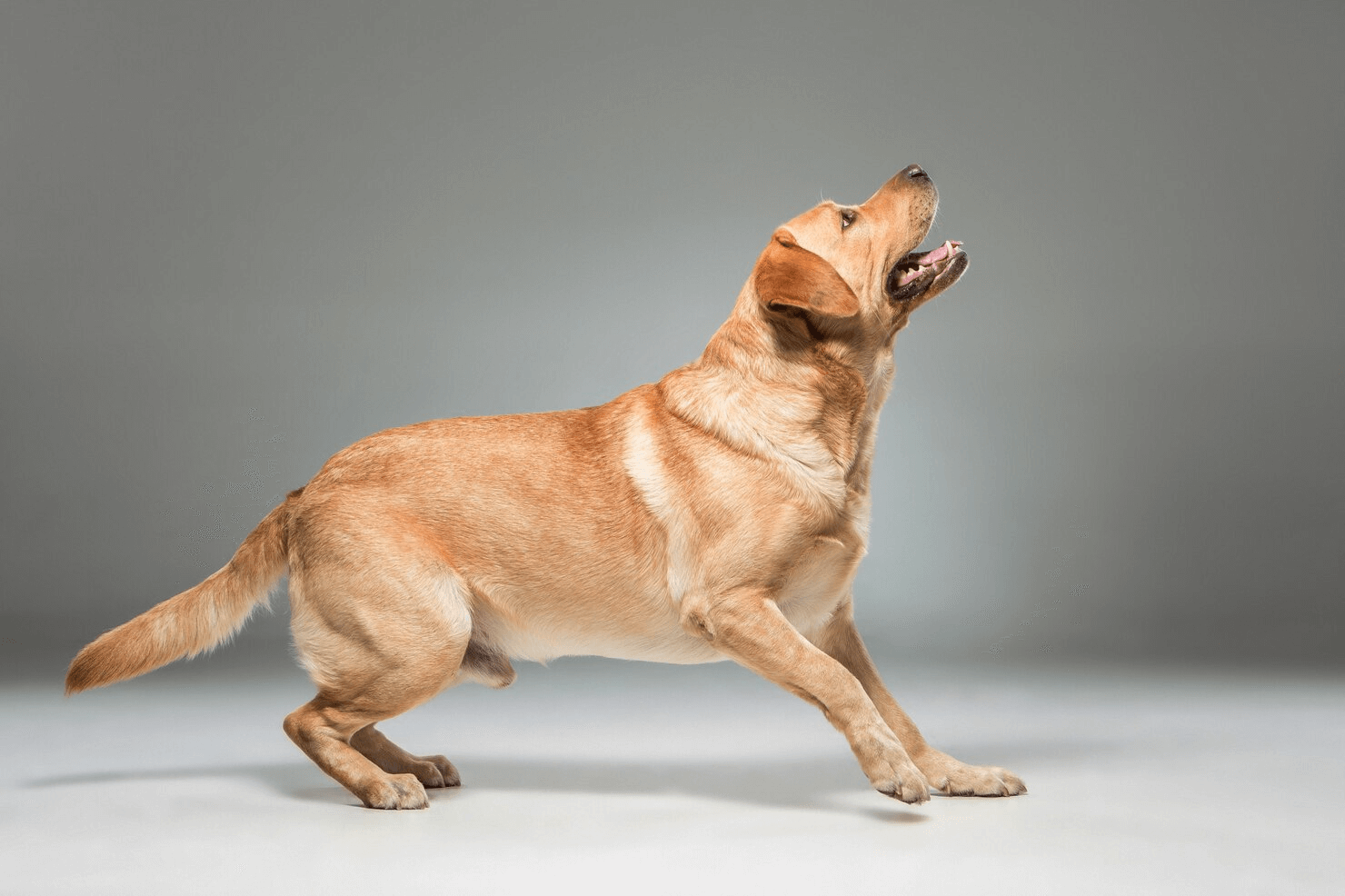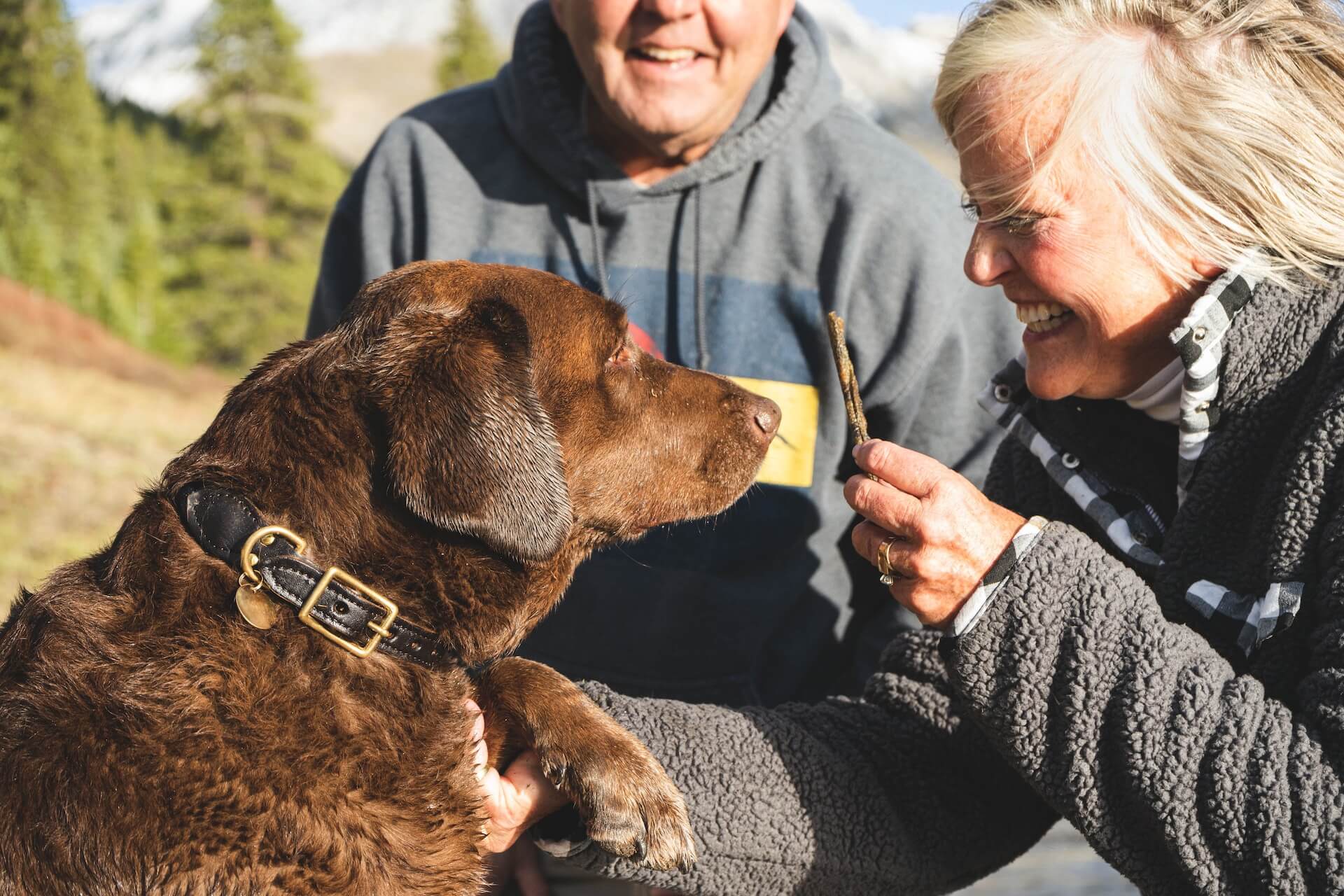Dogs are often considered man’s best friend, and for a good reason. Their loyalty, companionship, and unique ability to understand human emotions make them cherished members of many households. While we communicate with our pets through words, dogs primarily communicate through body language, vocalizations, and behavior. Understanding your dog’s body language is crucial for building a strong bond, preventing misunderstandings, and ensuring your dog’s well-being.
Dogs have an impressive range of non-verbal communication cues, and they use these cues to convey their emotions, intentions, and needs. In this comprehensive guide, we’ll explore the intricacies of canine body language, helping you decode the signals your dog is sending in various situations.
Why Is Understanding Canine Body Language Important?
Understanding canine body language is vital for several reasons:
- Communication: Dogs use body language to communicate their emotions and intentions to other dogs and to us. By recognizing these signals, we can better understand what our dogs are feeling and respond appropriately.
- Preventing Misunderstandings: Misinterpreting a dog’s body language can lead to misunderstandings and potentially dangerous situations. Knowing when a dog is uncomfortable or anxious can help you avoid triggers and provide a safer environment for your pet.
- Bonding: When you can read your dog’s cues and respond to their needs, it strengthens the bond between you and your furry companion. Your dog learns that you understand them, which builds trust and a deeper connection.
- Well-Being: Understanding your dog’s body language can also help you assess their well-being. You can quickly recognize signs of discomfort, illness, or stress and seek veterinary care when needed.
Now, let’s delve into the various aspects of canine body language and explore what your dog may be trying to tell you.
Tail Wagging: More Than Just Happiness
Tail wagging is one of the most recognizable dog behaviors, and it’s often associated with happiness. While a wagging tail can indicate joy, it’s crucial to pay attention to the specifics of the tail movement:
- Excitement: A fast and vigorous tail wag typically indicates excitement. Your dog is thrilled and ready for action. The faster the wag, the more excited they are.
- Relaxed: A slow and gentle wag can signal relaxation and contentment. Your dog is comfortable and at ease.
- Low Wag: If your dog’s tail is wagging low, it might be a sign of submission or uncertainty. Your dog may be feeling a bit anxious or cautious in the current situation.
- Stiff Wag: A stiff, upright tail wag can indicate alertness or potential aggression. In this case, your dog may be on guard or feeling threatened. Approach with caution.
Ears: Windows to Emotions
A dog’s ears can tell you a lot about their emotional state:
- Forward and Erect: When your dog’s ears are forward and erect, they are alert and interested in something. This is often seen when a dog is curious or excited about a particular sight or sound.
- Slightly Back: Ears that are slightly back can indicate relaxation or contentment. Your dog is at ease and not feeling threatened.
- Flattened Back: If your dog’s ears are flattened against their head, it’s a clear sign of fear, submission, or anxiety. They may be feeling overwhelmed or frightened.
- Pinned Back: Ears tightly pinned back against the head can signal aggression or extreme fear. A dog in this state may be ready to defend itself if it perceives a threat.
Eyes: The Windows of the Soul
A dog’s eyes can reveal a lot about their emotional state:
- Soft and Relaxed Eyes: When your dog’s eyes are soft and relaxed, they are typically content and at ease. This is a positive sign of comfort and relaxation.
- Direct Stare: A direct and prolonged stare from a dog can be a sign of dominance or a challenge. Avoid staring contests, especially with unfamiliar dogs, as this can be seen as a threat.
- Wide Eyes with Whites Visible: If you can see the whites of your dog’s eyes (often referred to as “whale eye”), it may indicate fear, stress, or anxiety. They may be feeling uneasy or uncomfortable in the current situation.
- Half-Moon Eyes (Whale Eye): Sometimes, you might notice that your dog’s eyes have a half-moon appearance with the whites visible on the sides. This can be a sign of unease or fear.
Mouth and Lips: Expressing Emotions
A dog’s mouth and lips can provide insights into their mood:
- Relaxed Mouth: A relaxed, slightly open mouth is a sign that your dog is content or at ease. This is a common expression when they’re in a comfortable environment.
- Lip Licking: Dogs may lick their lips when they are anxious, nervous, or uncomfortable. It’s a subtle sign of stress or unease.
- Snarling or Showing Teeth: Snarling, growling, or showing teeth is a clear sign of aggression or fear. Your dog may be warning that they feel threatened and may defend themselves if necessary. Approach with extreme caution.
Body Posture: The Big Picture
A dog’s overall body posture provides valuable information about their emotional state:
- Relaxed and Loose: When your dog is relaxed, their body will appear loose and at ease. They may exhibit this posture when they’re in a familiar and comfortable setting.
- Stiff and Upright: A stiff, upright posture often indicates alertness or potential aggression. Your dog may be on high alert and ready to respond to a perceived threat.
- Tucked Tail: If your dog’s tail is tucked between their legs, it’s a clear sign of fear or submission. They are likely feeling anxious or uncomfortable.
- Raised Fur (Piloerection): Raised fur along your dog’s back (known as piloerection) is a sign of heightened arousal. This can be caused by excitement, aggression, or extreme fear.
Vocalizations: Expressing Emotions Through Sound
While not strictly part of body language, vocalizations are essential for canine communication:
- Barking: Dogs bark for various reasons, including excitement, alertness, anxiety, or as a way to communicate their needs.
- Whining: Whining is often a sign of distress, anxiety, or a desire for attention. It can also be an expression of discomfort or anticipation.
- Growling: Growling is a clear warning sign that your dog is uncomfortable or feels threatened. It’s a protective response, and you should respect their boundaries when they growl.
- Howling: Dogs may howl for various reasons, including communicating with other dogs or in response to specific sounds like sirens. Howling can be a way of expressing excitement, alertness, or anxiety.
Overall Behavior: Piecing It All Together
In addition to specific body language cues, pay attention to your dog’s overall behavior:
- Playfulness: A dog that wants to play will often exhibit a play bow, where they lower their front end while keeping their rear end raised. Their tail may wag enthusiastically, and they may bark or make playful noises. A playful dog is excited and eager for interaction.
- Avoidance: If your dog is avoiding eye contact, people, or other dogs, it may be a sign of fear or anxiety. They are trying to distance themselves from the perceived threat or stressor.
- Shaking Off: After a stressful situation or encounter, dogs may shake off as a way to release tension. This can help them reset and return to a more relaxed state.
Tail Between the Legs: A Sign of Discomfort
When a dog tucks its tail between its legs, it’s a common sign of fear or submission. This posture indicates that your dog is feeling anxious or uncomfortable in the current situation. It’s essential to approach them gently and provide reassurance if necessary. Avoid pushing them into situations where they feel unsafe.
Rolling Over: Not Just an Invitation for Belly Rubs
While many interpret a dog rolling over as an invitation for belly rubs, it can have various meanings. When a dog rolls over, it can signal submission, trust, or a desire for play. However, some dogs roll over when they’re feeling anxious or uncomfortable, especially if they urinate while doing so. It’s crucial to consider the context and your dog’s overall body language when interpreting this behavior.
Hackles Raised: Heightened Arousal
When the hair along a dog’s back (known as hackles) stands up, it’s a sign of heightened arousal. This can occur in response to various stimuli, including excitement, aggression, or extreme fear. A dog with raised hackles may be on alert, and their body language should be carefully assessed to determine their emotional state.
Putting It All Together: Deciphering Your Dog’s Emotions
Understanding your dog’s body language involves considering multiple cues simultaneously. Dogs communicate through a combination of tail position, ear placement, eye expression, mouth and lip movements, overall body posture, and vocalizations. By observing and interpreting these cues in context, you can gain a better understanding of what your dog is trying to tell you.
Here are some practical tips for deciphering your dog’s emotions:
- Pay Attention: Take the time to observe your dog’s behavior regularly. This will help you become more attuned to their body language and how it changes in different situations.
- Context Matters: Consider the context in which your dog’s body language is occurring. The same posture or expression can have different meanings depending on the situation.
- Respect Boundaries: If your dog exhibits signs of fear, anxiety, or discomfort, respect their boundaries. Avoid pushing them into situations that make them uneasy, and provide reassurance and support.
- Consult Professionals: If you’re unsure about your dog’s behavior or how to interpret their body language, seek guidance from a professional dog trainer or behaviorist. They can provide valuable insights and recommendations.
Conclusion: Strengthening the Bond with Your Canine Companion
Understanding canine body language is a valuable skill for any dog owner. It not only allows you to respond effectively to your dog’s needs but also strengthens the bond between you and your furry friend. When your dog knows that you understand their cues and emotions, it builds trust and fosters a deeper connection.
Always approach unfamiliar dogs with caution and respect their boundaries. Additionally, keep in mind that each dog is unique, and while there are common body language cues, individual variations exist. By consistently observing and interpreting your dog’s signals, you can enhance your communication and ensure their well-being in various situations.
Remember that your dog’s body language is their way of expressing themselves, so take the time to listen and respond with care and empathy. Your canine companion will appreciate the effort, and your relationship will flourish as a result.





